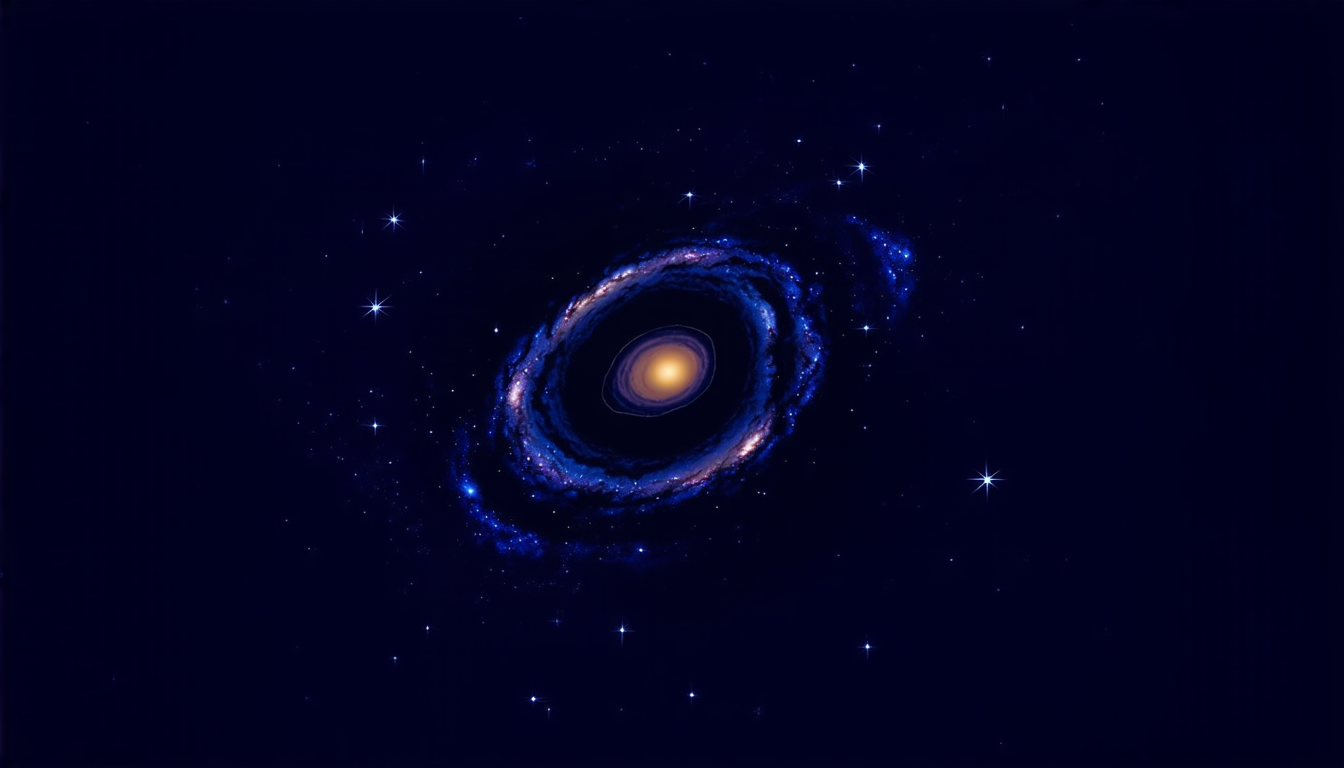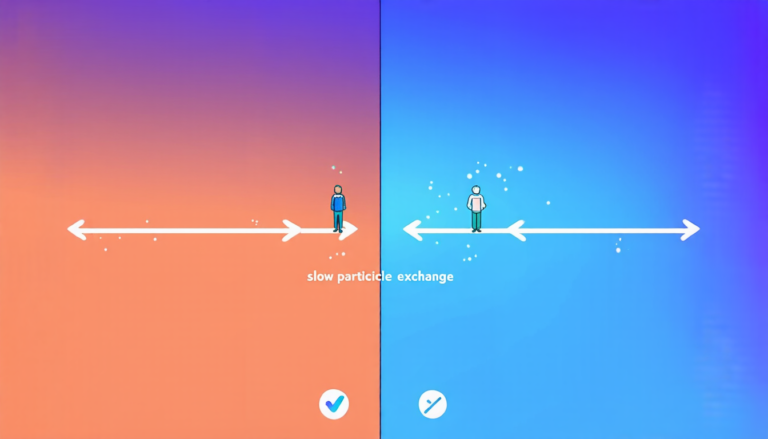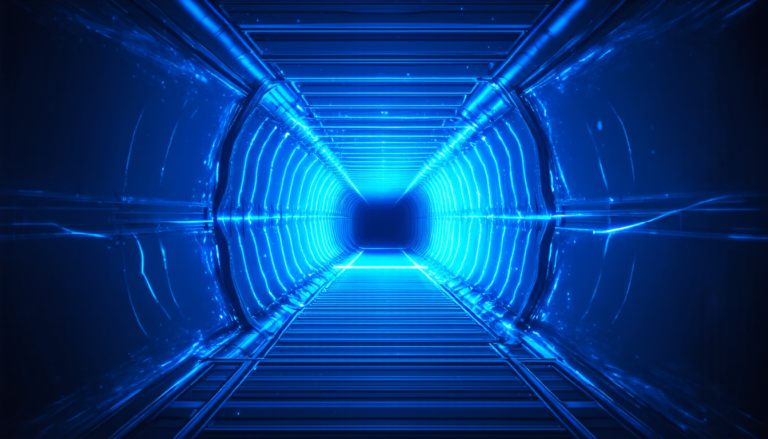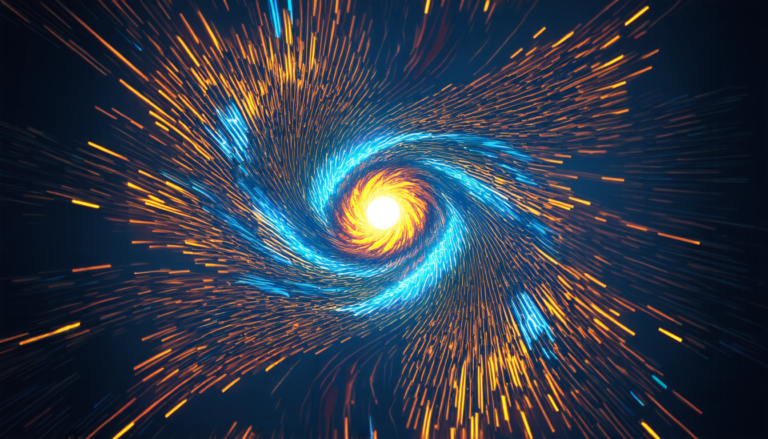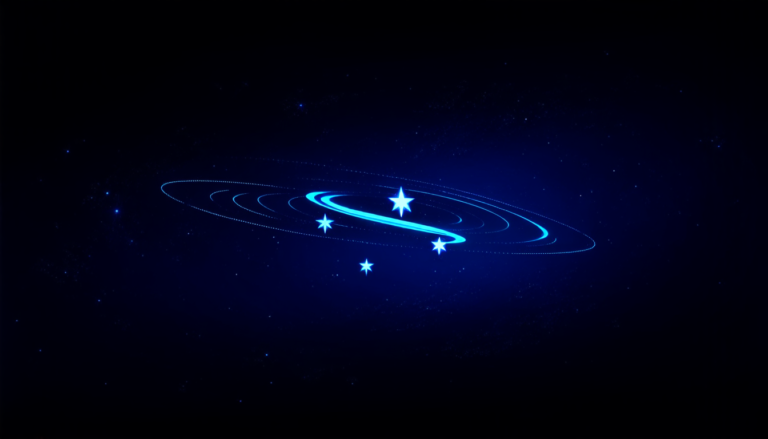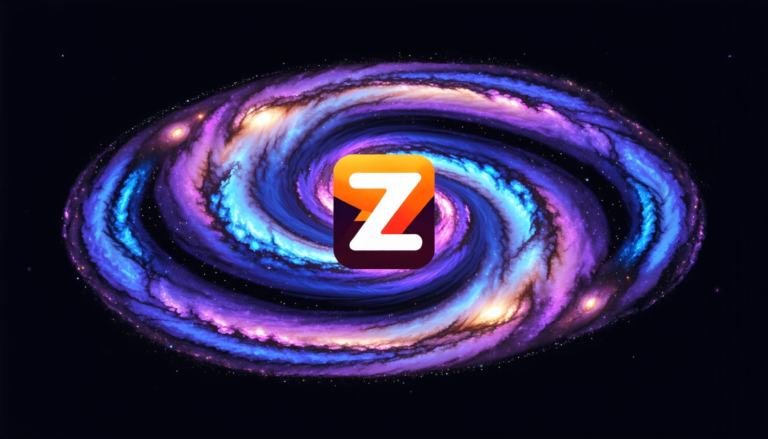Thursday 17 July 2025
A team of researchers has cracked open a new way to understand the luminosity function of objects in the universe, a fundamental concept that can help us better grasp how galaxies form and evolve over time.
The luminosity function is a statistical measure that describes the number of objects – such as stars or galaxies – at different levels of brightness. It’s like trying to count the number of people in a crowded room, but instead of counting heads, you’re counting light emitted by those individuals. The more data you have, the more precise your count becomes.
Traditional methods for estimating luminosity functions rely on data from single surveys or observations, which can be limited and biased. Think of it like trying to get an accurate headcount in a room where some people are standing close together and others are spread out. You might miss some folks hiding behind pillars or sitting in the back.
To overcome this issue, scientists have developed a new approach that combines data from multiple surveys with varying depths and completeness. It’s like taking a snapshot of the entire room, then stitching together different frames to get a more complete picture.
The team used mock catalogs – artificial datasets created to mimic real-world observations – to test their method. They found that by combining data from shallow, wide-area surveys with deeper, narrower ones, they could reduce biases and improve accuracy.
As proof of concept, the researchers applied their technique to a sample of Lyman-alpha emitters (LAEs) at redshift 3 The analysis revealed a more precise estimate of the luminosity function for these objects, which can help astronomers better understand how they evolve over time. This, in turn, can provide insights into galaxy formation and the role of supermassive black holes in shaping the universe’s structure. The new method isn’t limited to LAEs; it can be applied to other types of celestial objects as well. It’s a powerful tool for astronomers seeking to better understand the complex relationships between light, matter, and space. As our understanding of the universe continues to evolve, so too do the ways we study it. This innovative approach is just one example of how scientists are pushing the boundaries of data analysis to uncover new secrets about the cosmos. Cite this article: “A New Approach to Understanding the Luminosity Function of Celestial Objects”, The Science Archive, 2025. Luminosity Function, Galaxy Formation, Supermassive Black Holes, Lyman-Alpha Emitters, Redshift, Astronomy, Data Analysis, Statistical Measure, Cosmic Evolution, Astrophysics

